FIAT Brazil Launches The Electrified 500e In The South American Market:
Will The North American Market Be Next?
One of the most iconic vehicles in the global automotive industry is now arriving in Brazil. FIAT’s first 100% electric model sold in Brazil, the 500e arrives radically renewed in its third generation and developed on the FCA-based Mini BEV architecture, the vehicle is bigger, more connected, with unexpected equipment for the segment and with a new style.
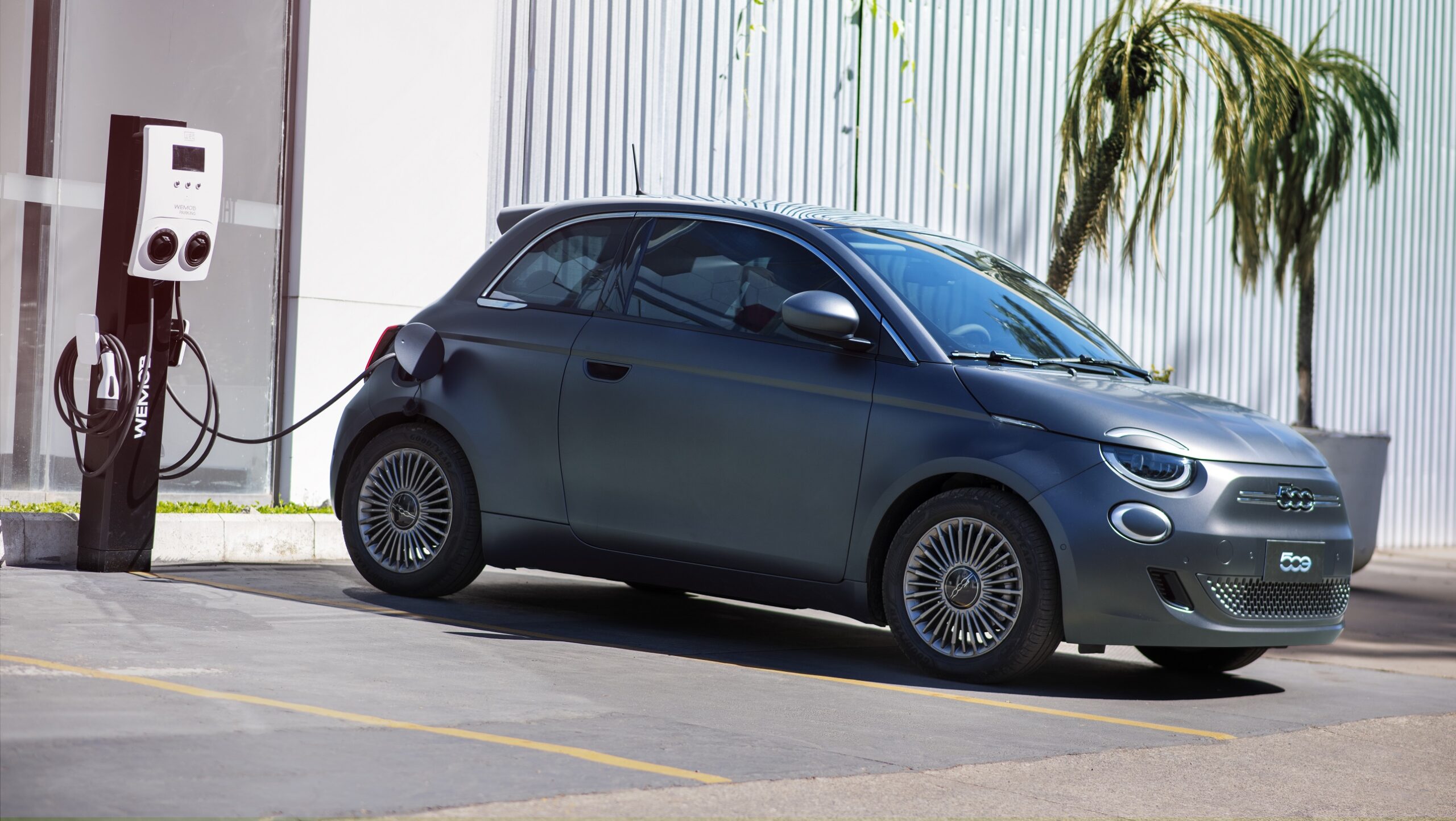
As the Italian brand’s most historic model, it was responsible for intelligent mobility since its launch in post-war Europe in 1957, the 500 symbolizes the essence of the brand today – pop culture, spontaneous, technologically advanced, and eco-friendly. More than a new product, the new 500e shows Brazilian consumers how FIAT is aware of the demands of today’s society, which seeks sustainable, urban, connected, and autonomous mobility.
Just as our friends at Autos Segredos informed us, the 500e will be sold in just the Icon trim level. It will be sold in nine Brazilian cities, focusing more on an urban option. Those areas include Porto Alegre (RS), Curitiba (PR), Florianópolis (SC), Campinas (SP), São Paulo (SP) with two retail stores, Rio de Janeiro (RJ), Belo Horizonte (MG), Brasília (DF) and Recife (PE).
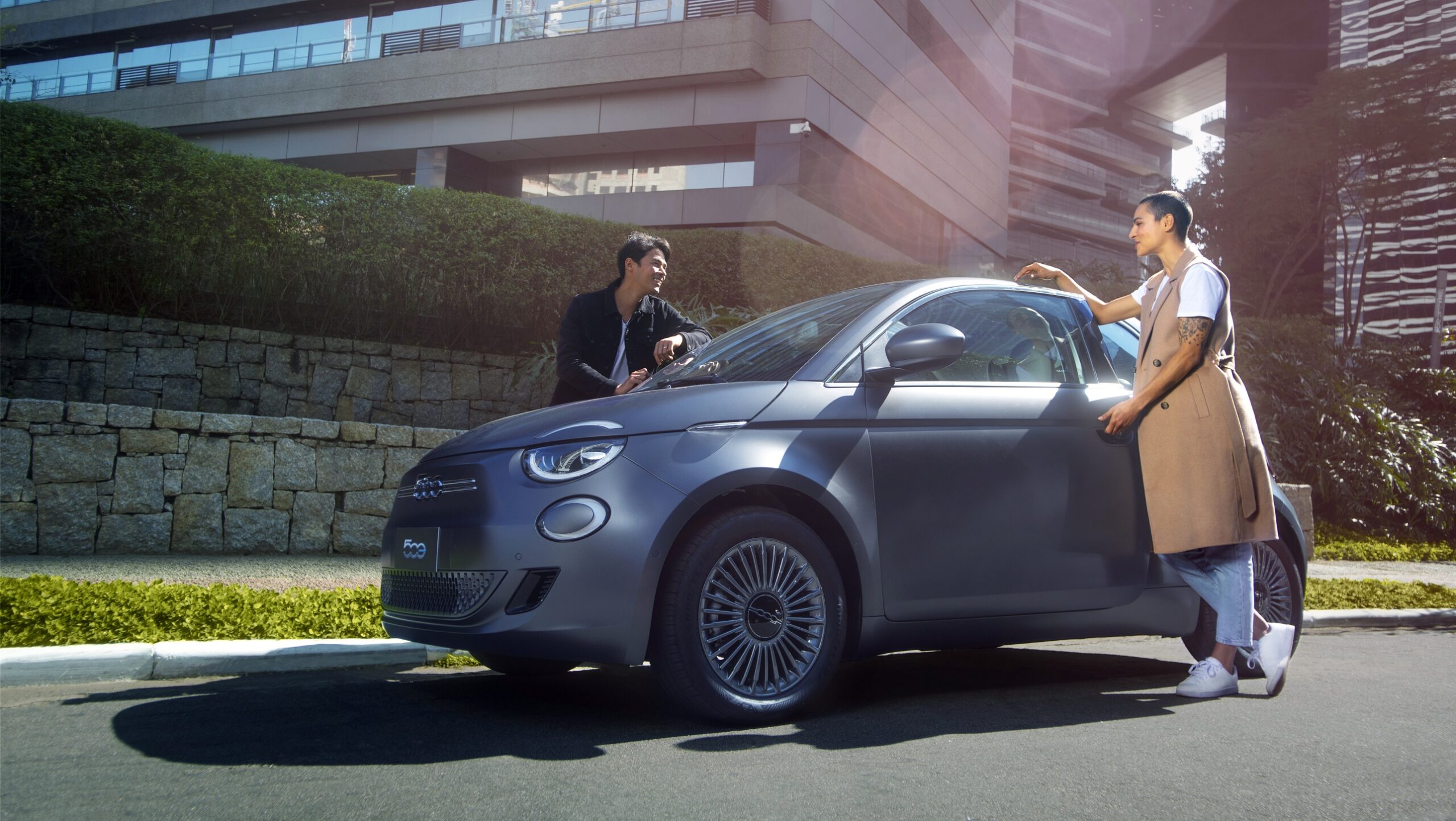
The 500e was designed from a blank sheet. More than 90% of its components, including the Mini BEV platform, are exclusive. The position of the battery on the floor, for example, guarantees the distribution of weight between the front and rear axles, lowering the vehicle’s center of gravity. These features significantly improve the compact’s stability, without sacrificing driving pleasure and safety.
With few modular components, the architecture received the high-capacity lithium-ion battery system.
For a vehicle in its category, the 500e has an excellent range of 320 kilometers (198.8 miles), easily covering the average daily displacement of around 30 kilometers (18.6 miles). Tests carried out by Fiat at Polo Automotivo de Betim (MG) indicated that the car can reach 460 kilometers (285.8 miles) of autonomy running in ideal conditions. To get an idea of what this represents, compared to a combustion engine, this autonomy would be equivalent to an average consumption above 62 km/l of fuel (145.83 MPG).
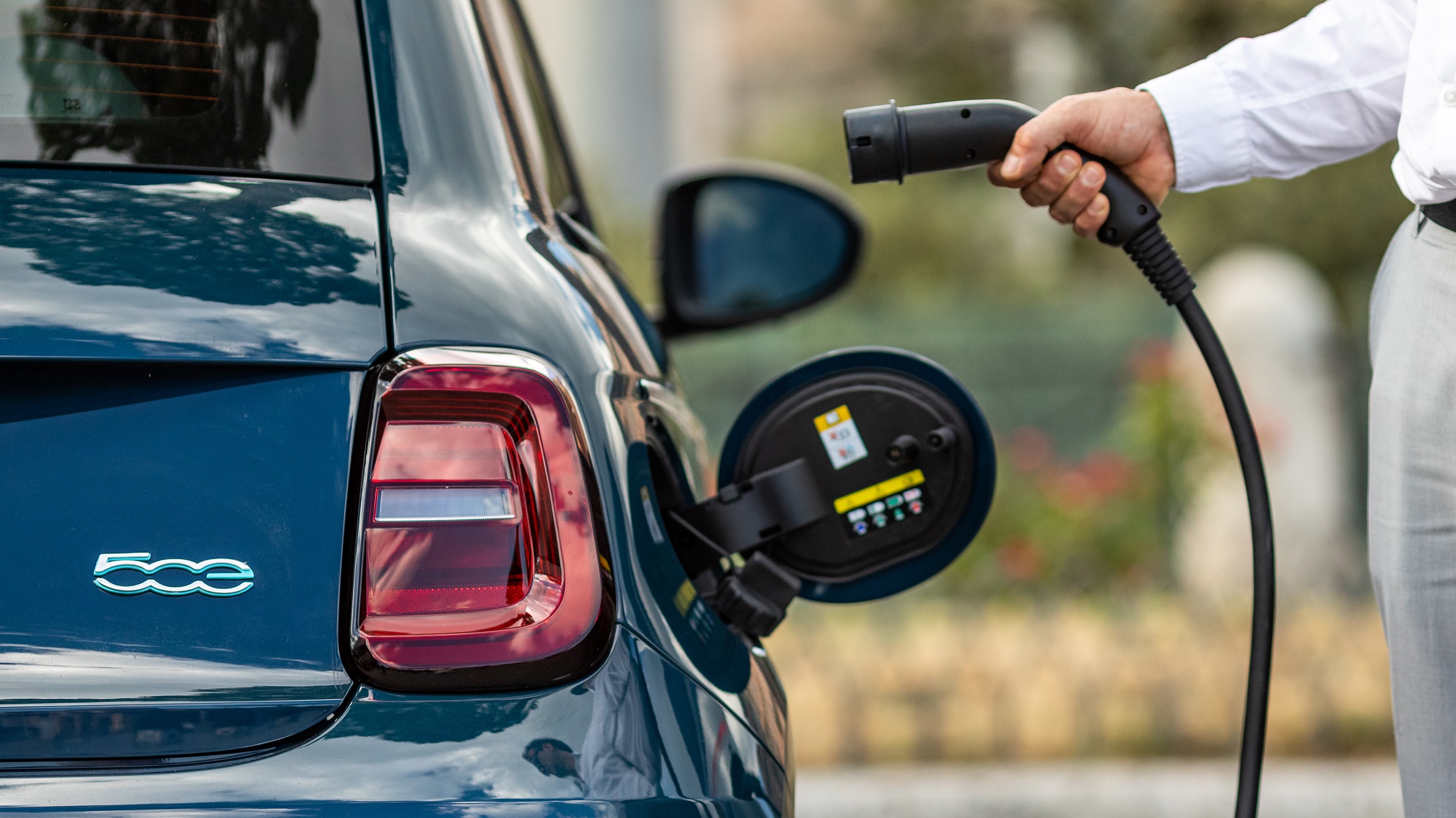
The 500e has three driving modes to choose from Normal, Range, and Sherpa. Sherpa mode optimizes the available resources to ensure that you will reach your destination. Sherpa driving mode works on several components to reduce fuel consumption to a minimum, precisely to ensure that you can reach either the destination set on the navigation system or the nearest charging station comfortably. Just like a “Himalayan Sherpa”, who is in charge of the whole expedition and guides it to the destination, this driving mode adjusts various parameters: maximum speed, limited to 80 km/h (about 50 mph); accelerator response, in order to reduce energy consumption; and deactivation of the climate control system and heated seats (the driver has the option of activating them at any time).
“Normal” mode is as close as possible to driving a vehicle with a normal combustion engine, while “Range” mode activates the “one-pedal-drive” function. By selecting this driving mode, you can practically drive the new 500 with the accelerator pedal alone. In fact, releasing it causes much greater deceleration than with a normal combustion engine, almost as if you had pushed the brake pedal. In any event, you need to push the brake pedal to bring the car to a complete stop. However, in daily use and with more practice, you can eventually learn to drive it using the accelerator pedal only.
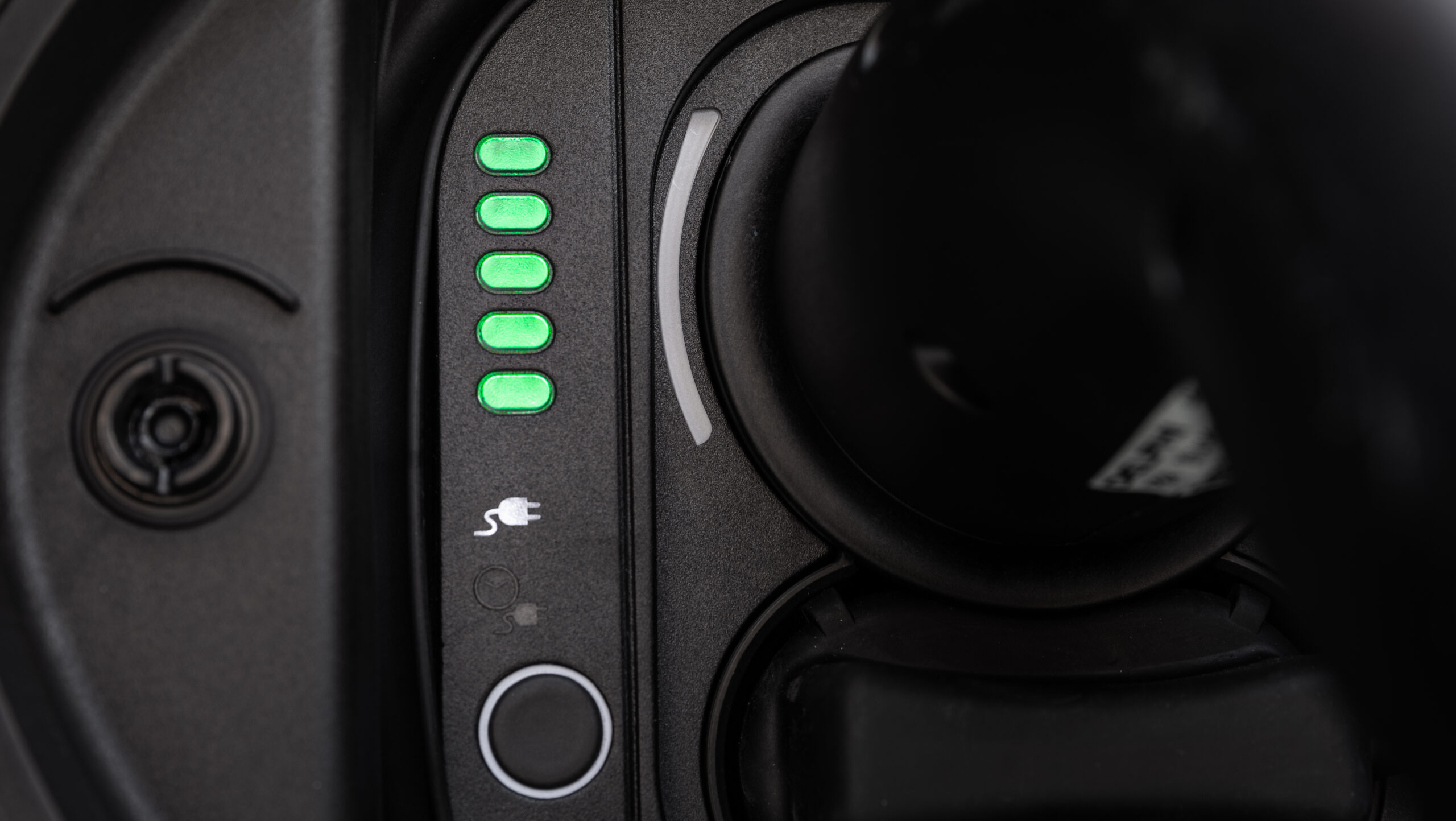
The electric motor delivers 87 kW, which equates to 118 horsepower at 4,200 rpm. What is most impressive, however, is the torque, which reaches an astonishing 220 Nm (162 ft.-lbs) of torque. This makes the 500e need 9-seconds to reach 100 km/h (62 mph), and a passing speed of 60 km/h to 100 km/h (37 mph to 62 mph) in 4.8 seconds. The 500e is far from being a performance car, but it is made to be the most efficient.
Synonymous with emotion, the 500e, regardless of driving mode, holds other surprises. With regard to sounds, another unique feature of the new vehicle: the Acoustic Vehicle Alert System (AVAS), an acoustic warning for pedestrians and cyclists at speeds of up to 20 km/h (12 mph). From 25 km/h (15 mph), the chosen sound is not a common acoustic signal, but Amarcord, by Nino Rota, is an example of the most authentic Italian creativity.
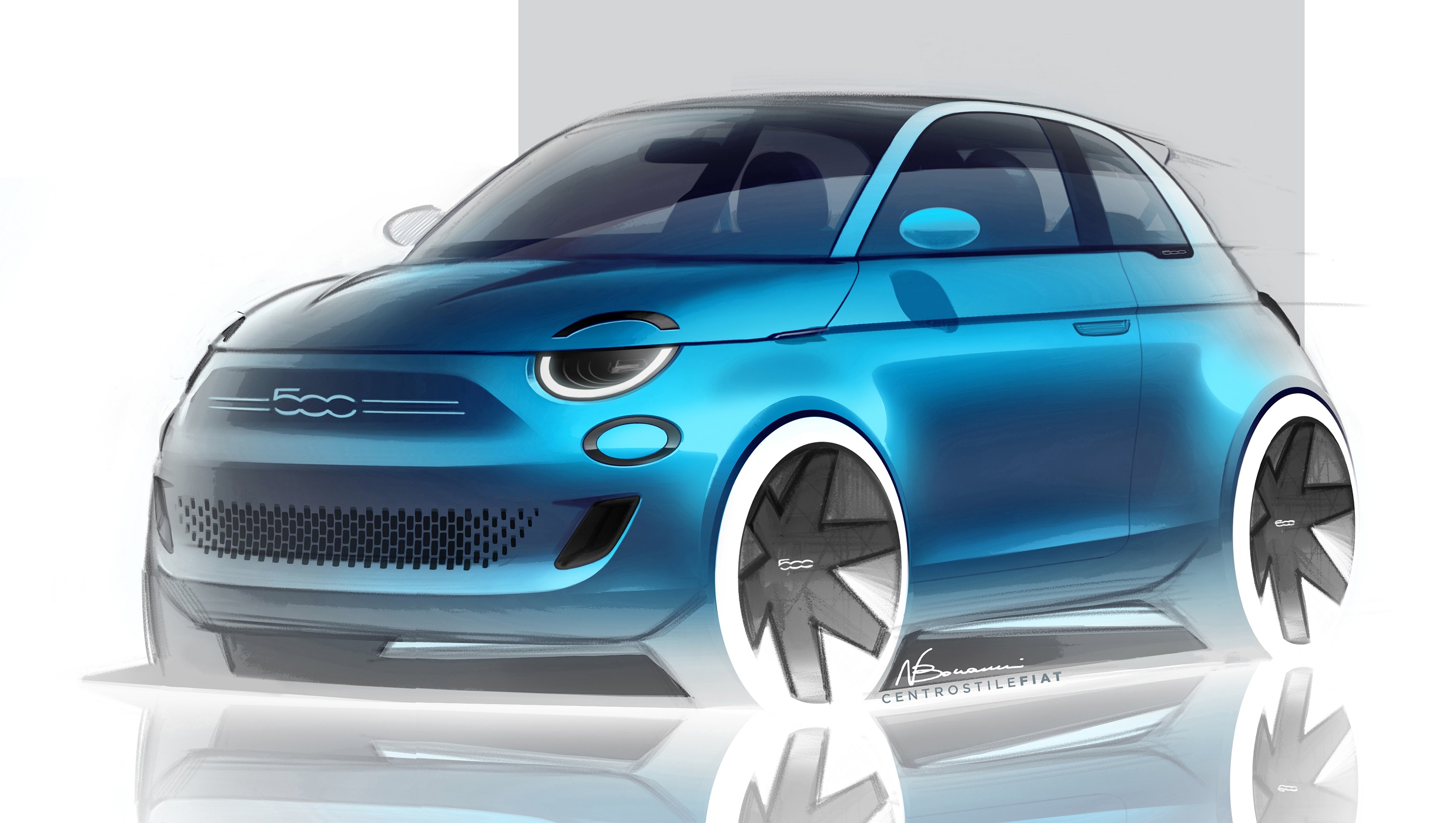
During the design phase, the Fiat Style Center worked on clean lines and a consistent language to define the look of the third-generation 500 while taking cues from its 63-year history, while being more sinuous and elegant, shaped around a more proportioned approach to the chassis. This makes it spatially attractive, giving a perception of increased stability and dimensional presence.
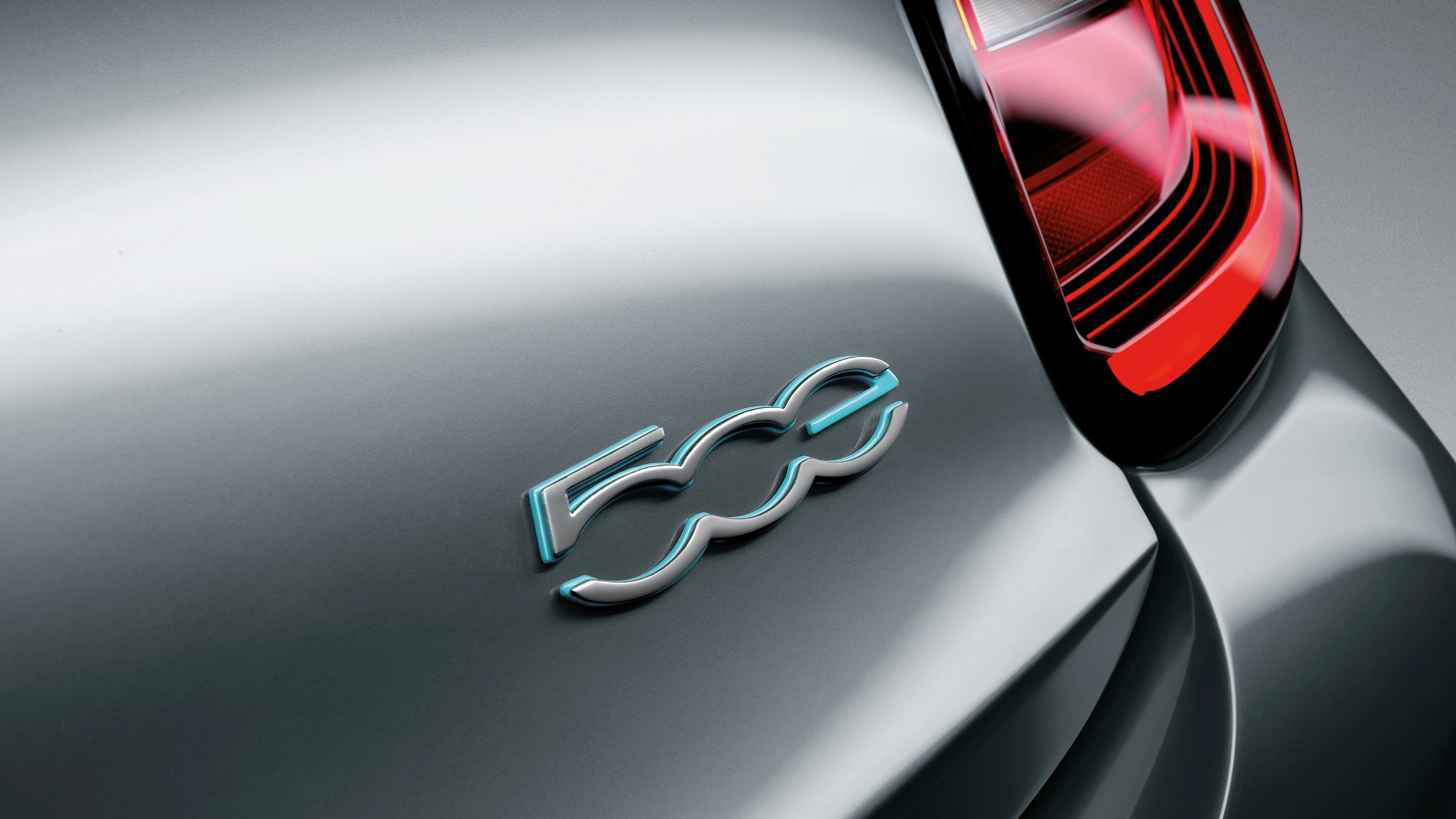
Another requirement was to immediately give the new model a dedicated 500 logo, which appears at the center of the front badge for the first time, in the place of the FIAT logo. The current 500 logo at the rear keeps its link with the past, albeit transformed into the dedicated all-electric version: distinguished and embellished by a Light Blue border, with a play of design and color transforming the final zero into a letter “e”.
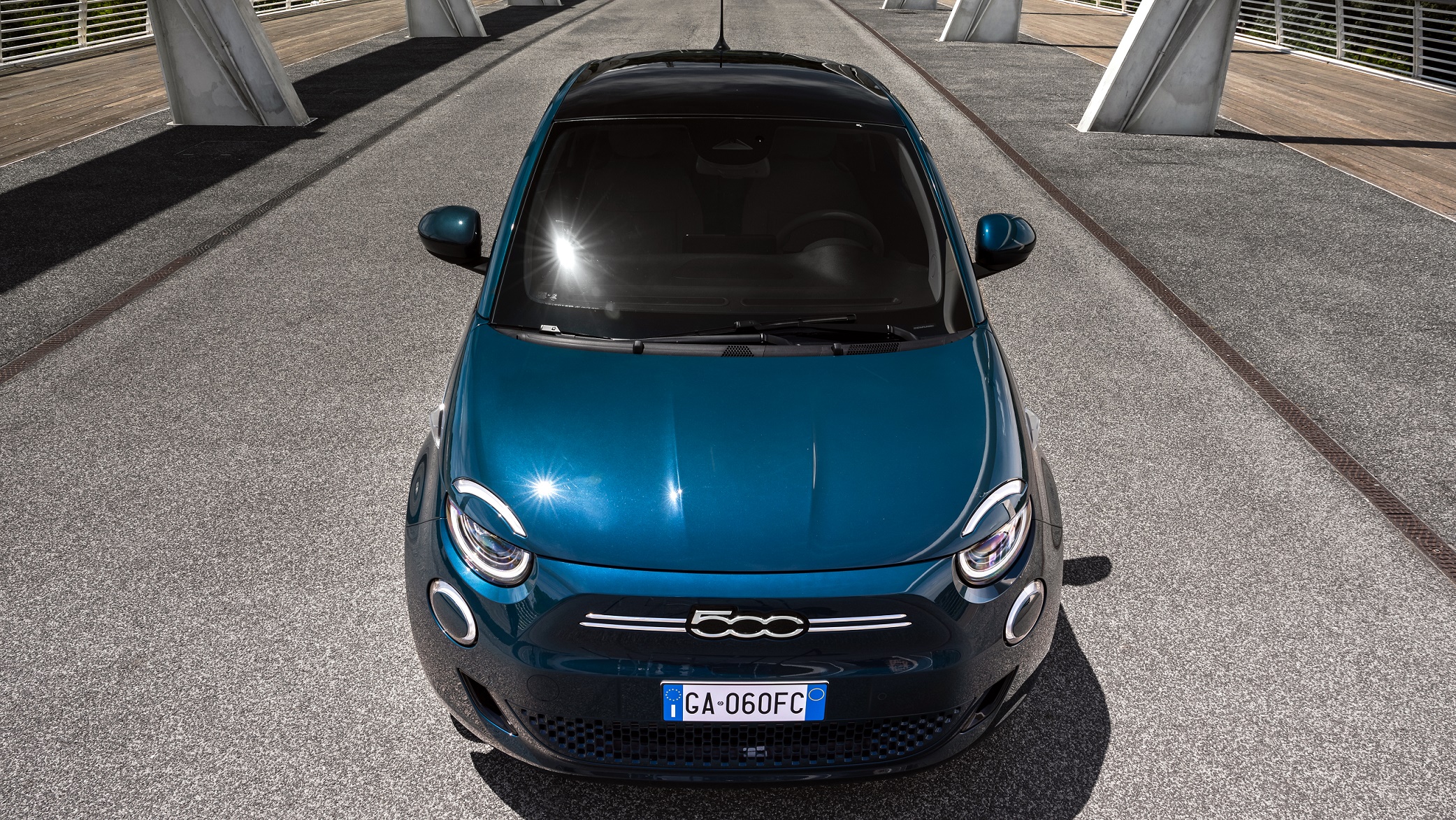
The front is vertical as in the 1957 version, making it less elusive, almost facing the road, and the dynamic feel of the profile has been accentuated. The dividing line of the first generation separated the bonnet from the circular headlights, while today that separation has been redesigned, dividing the modular elliptical headlight with an eyelash on the bonnet. The slightly more elliptical, still-iconic headlights are technological and modern, resulting in a more appealing look, while the door handles are completely flush, with a compartment for the electric unlocking. A car with a smile, which has not lost the ‘carefree’ connotation expressed by its empathetic front, even in the third generation.
Its form demonstrates the same creative spirit. The substance of the new platform has given the third-generation 500 an incredible presence measuring 2.4 inches wider and 2.4 inches longer, with a wheelbase extended by 0.8 inches.
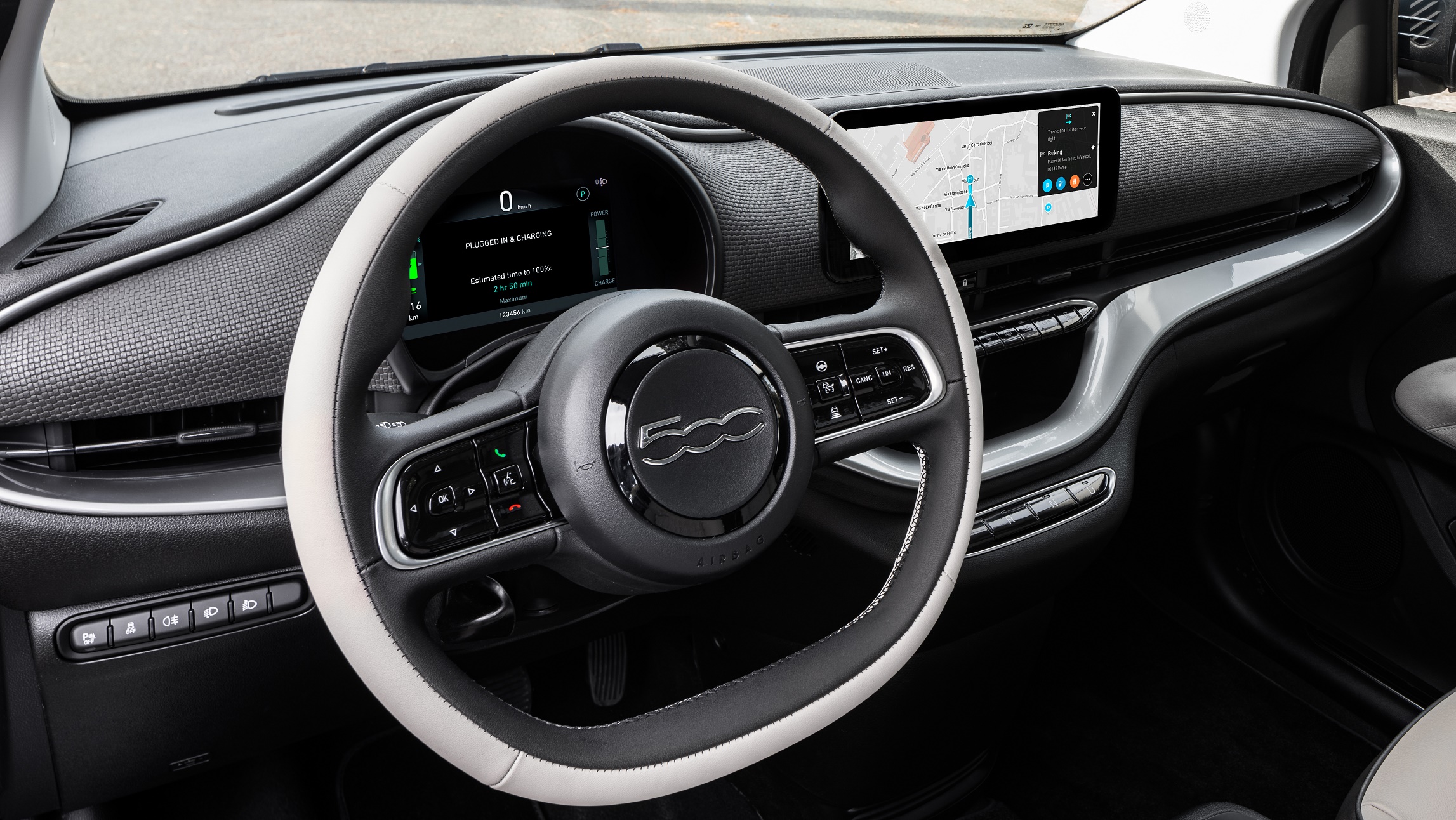
Inside, the 500e is completely new and elegant, with clear references to elements of the first generation. Like an interior designer, the Style Center has furnished the interior by distributing the bulk efficiently to achieve formal simplicity, trim aesthetics, and visual clarity. This is exemplified by the wide and slender dashboard and the modular storage solutions between the two front seats where the gear shift console was originally located, significantly improving perceived comfort. There is more space behind the shoulders and for the legs, while the flat bottom can house the lithium batteries without compromising the luggage compartment capacity, which remains unchanged.
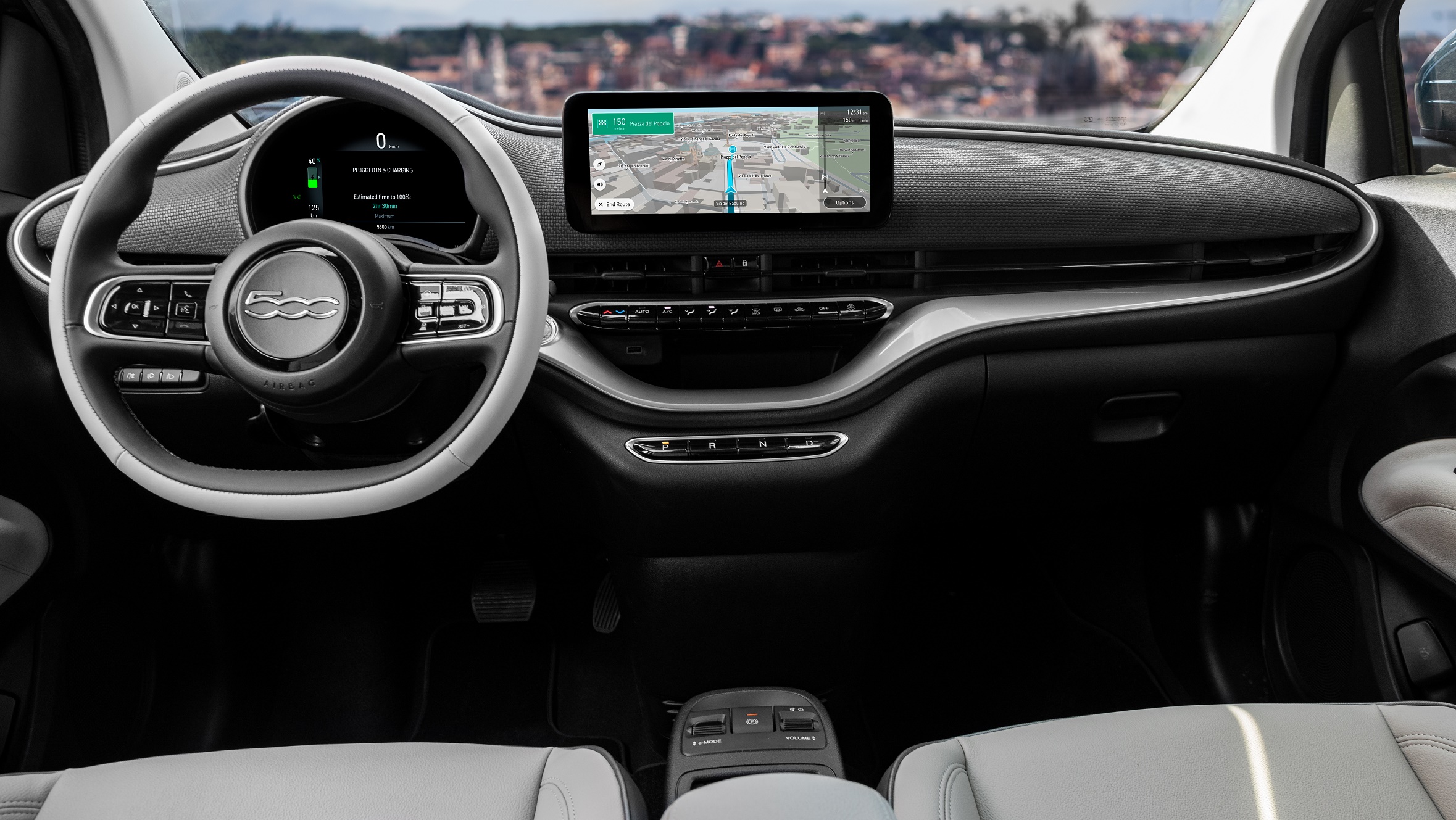
The new 500e also introduces Level 2 autonomous driving that includes intelligent Adaptive Cruise Control (iACC) and Lane Centering for the first time in a city car. Front-facing camera monitoring technology monitors all areas of the car (both longitudinally and laterally). The iACC system brakes or accelerates in response to anything like cars, cyclists, and pedestrians. Lane Centering keeps the vehicle in the center of the lane when the markings are correctly identified.

Intelligent Speed Assist reads the speed limits and recommends applying them, while Urban Blind Spot uses ultrasonic sensors to monitor the blind spots and warn of any obstacles with a triangular warning light on the wing mirror. Then there is Attention Assist, which provides warnings on the display, recommending that you stop and take a break when you are tired. Finally, the 360° sensors provide a drone view to avoid any obstacles when parking or performing complex maneuvers.
The introduction of the Fiat 500e in Brazil gives those who are passionate Fiat 500 fans in North America a glimpse of hope to see a newer, better, and more technology-driven model come our way. As the FIAT brand in North America currently sits with one vehicle in its lineup, Stellantis CEO Carlos Tavares has said that the Italian brand will not leave the North American market and it will have the next decade to justify itself.




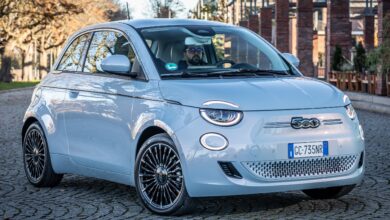
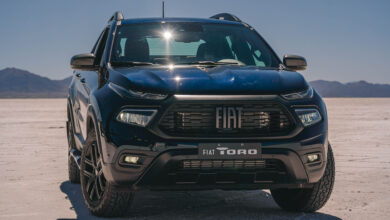
2 replies
Loading new replies...
Join the full discussion at the Mopar Insiders Forum →